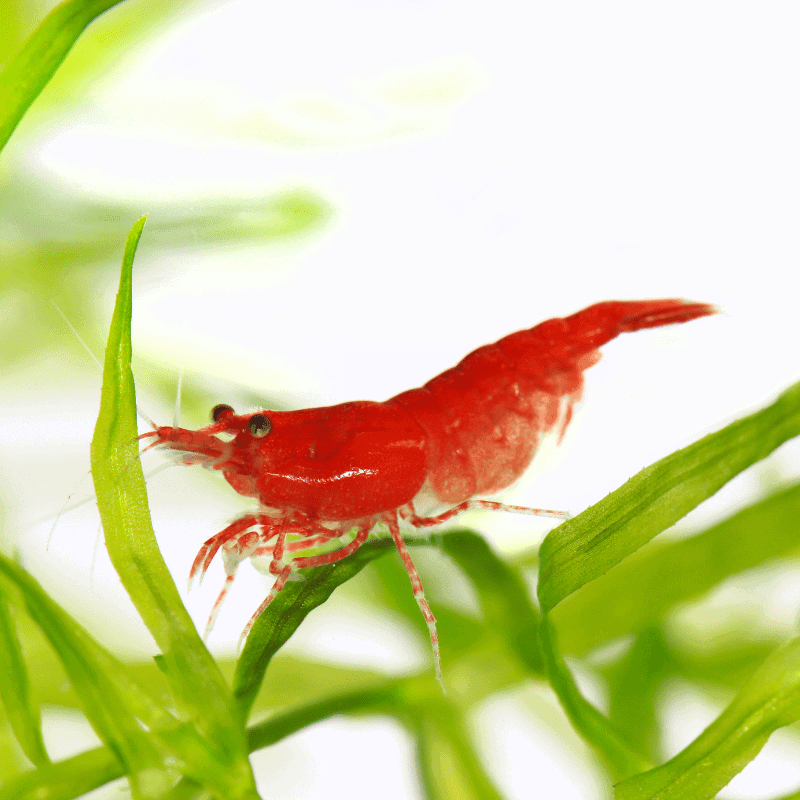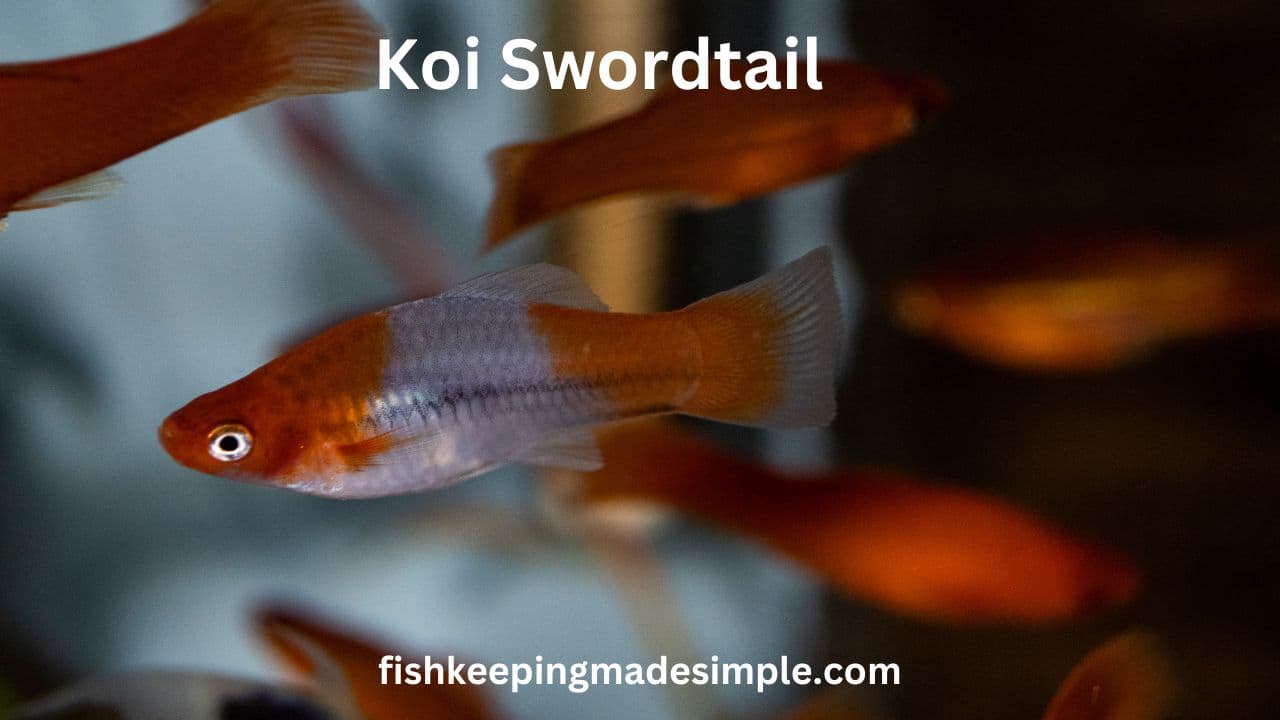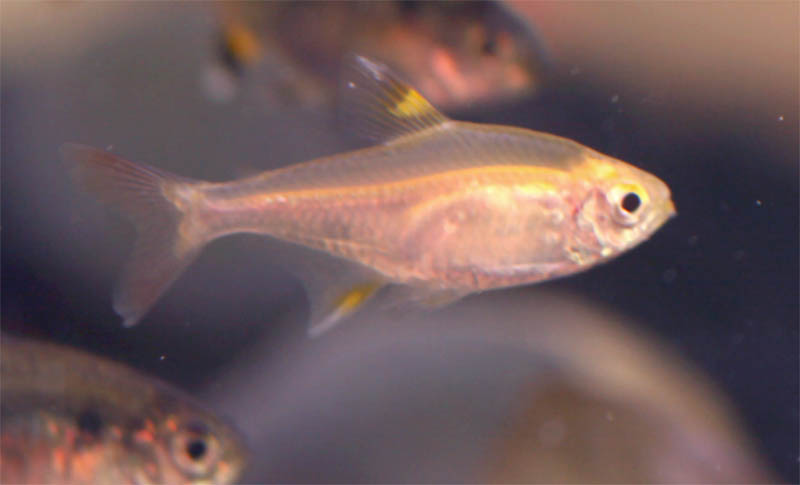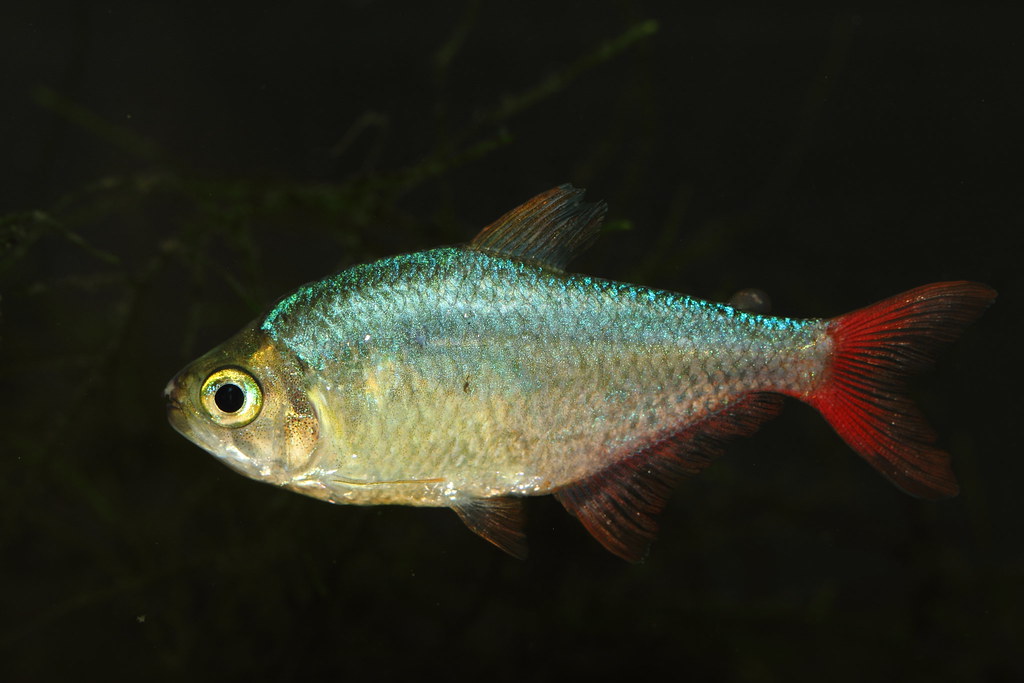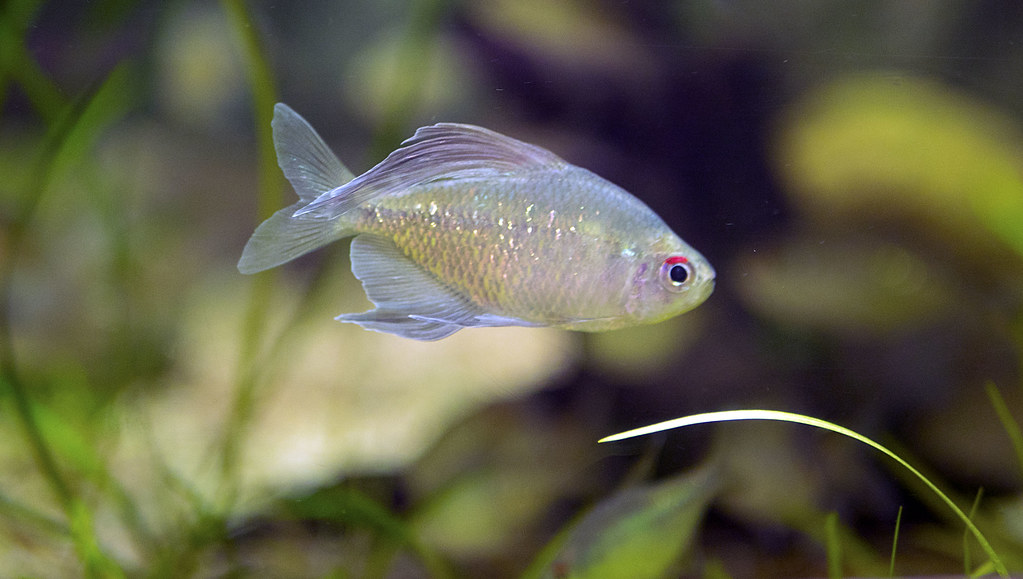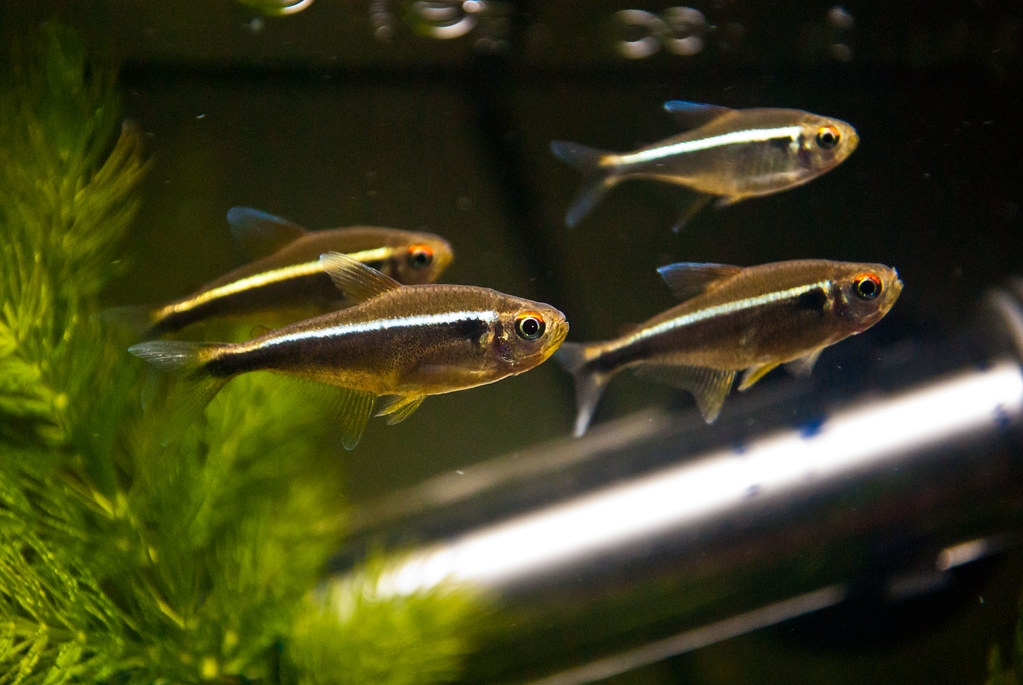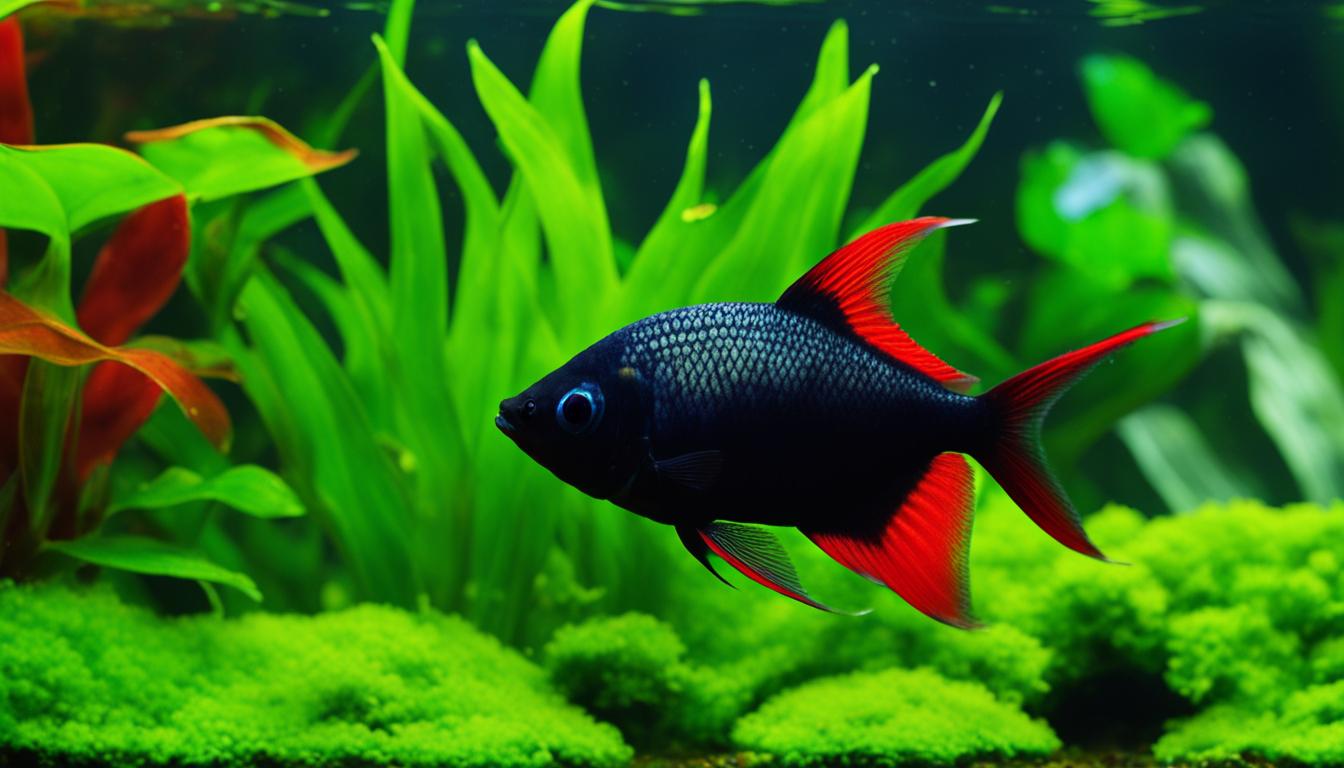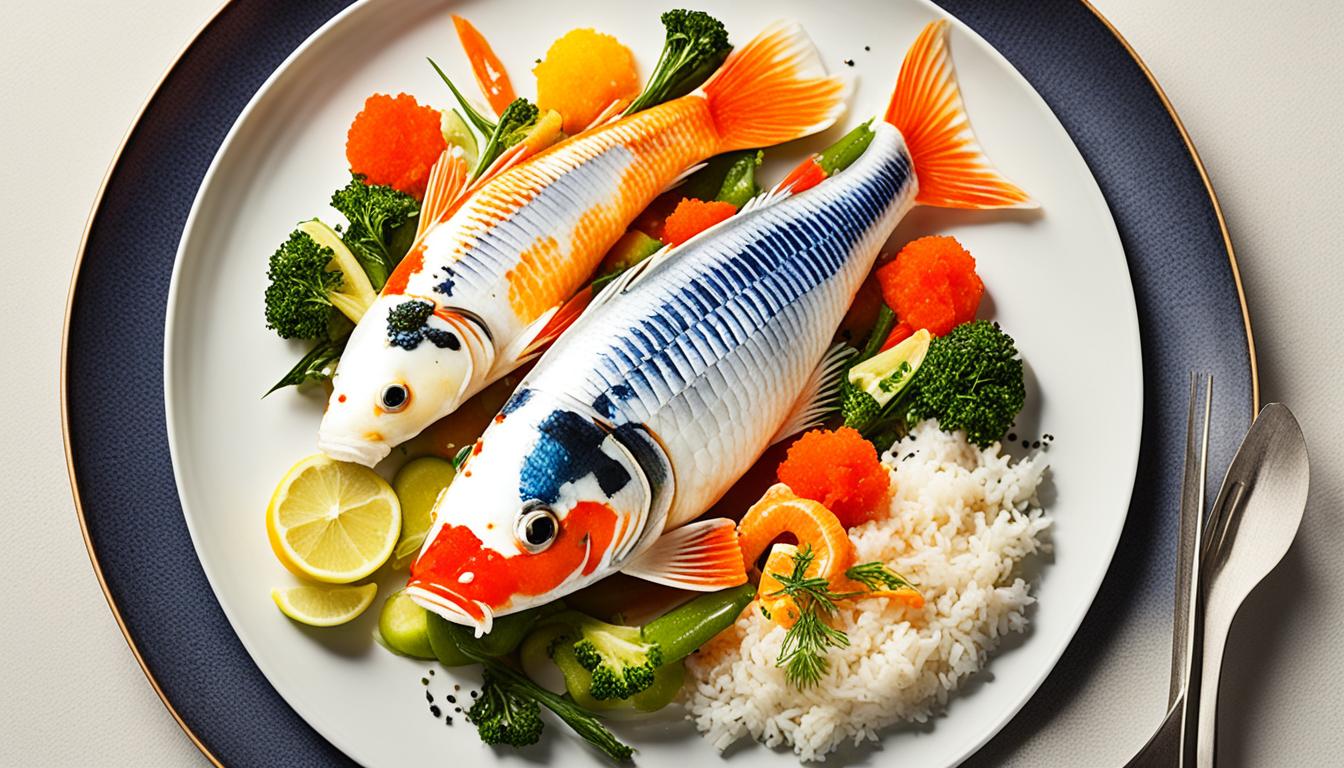To properly care for Vampire Shrimp, ensure they have a suitable tank size and provide them with a steady flow of water. These filter feeders require stable water parameters and should not be kept with fish that may harm them.
Avoid exposing them to copper or harmful medications. Providing a varied diet and maintaining clean water conditions will contribute to their overall wellbeing. Vampire Shrimp, also known as Atya gabonensis, are fascinating aquarium creatures that require specific care to thrive.
We will explore the essential aspects of Vampire Shrimp care, including tank size requirements, water parameters, feeding habits, compatible tank mates, and tips to ensure their longevity. Whether you are a beginner or an experienced shrimp keeper, understanding the unique needs of Vampire Shrimp will help you provide a suitable environment for these intriguing creatures. So let’s dive in and discover how to properly care for Vampire Shrimp and create the ideal conditions for their growth and wellbeing.
Table of Contents
Setting Up The Tank
When setting up your tank for vampire shrimp, it’s crucial to consider the tank size and requirements. Ensuring that you have the appropriate tank size will provide enough space for these unique creatures to thrive. Monitoring temperature and pH levels is essential as vampire shrimp prefer a specific range for optimal health.
Filtration and water flow are crucial for maintaining water quality and providing the necessary microorganisms for the shrimp to filter feed. By considering these factors and creating an ideal environment, you can ensure the well-being of your vampire shrimp.
Acclimating The Shrimp
Acclimating the vampire shrimp is of utmost importance in ensuring their care and well-being. This process involves gradually adjusting the water parameters to match the conditions in their new tank. By doing so, you allow the shrimp to adapt slowly and avoid shocking them with sudden changes in temperature, pH, or other factors.
Proper acclimation is crucial to their overall health and success in their new environment. Following a step-by-step process and taking the time to acclimate the shrimp properly will greatly increase their chances of thriving in your tank. So, be patient and make sure to provide a smooth transition for your vampire shrimp.
Vampire Shrimp Growth
The growth rate of vampire shrimp is influenced by various factors. In terms of size expectations, vampire shrimp can reach a maximum size of around 3 to 4 inches. They are slow growers and it may take several months or even years for them to reach their full size.
The molting and shedding process is a crucial part of their growth. During this process, the shrimp shed their exoskeleton to allow for growth. It is important to maintain optimal conditions in the tank for their growth. This includes providing a well-balanced diet, proper water parameters, and a suitable environment with hiding spots.
By providing these conditions, you can ensure the healthy growth and development of your vampire shrimp.
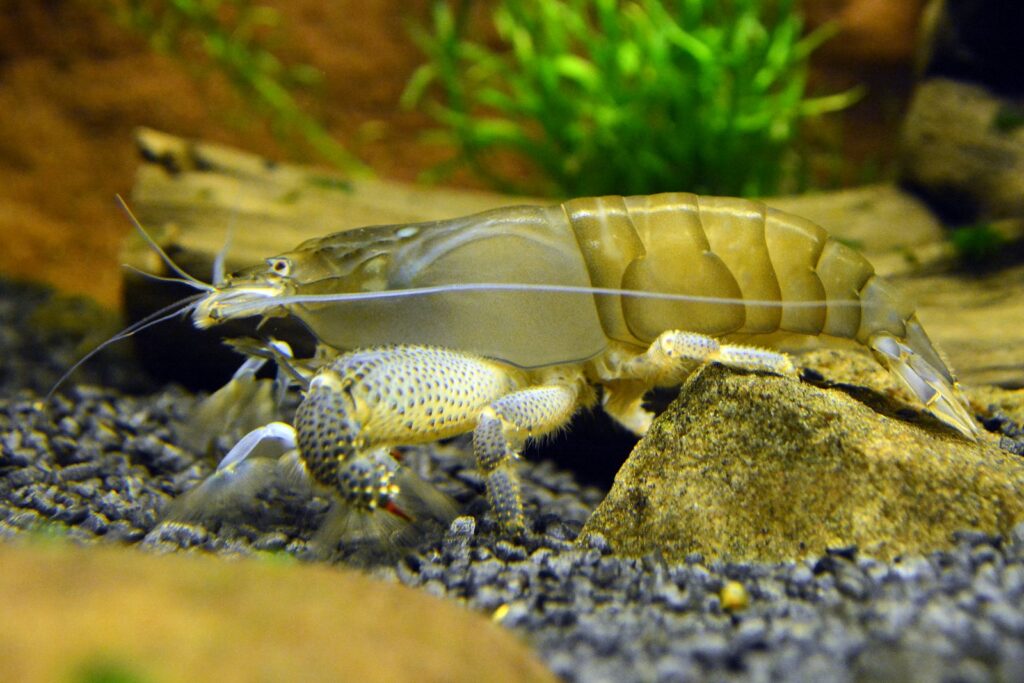
Credit: Joachim S. Müller (https://creativecommons.org/licenses/by-nc-sa/2.0/)
Adding Shrimp To Tank
Introducing the shrimp to the tank requires careful consideration of the existing community. Monitor their behavior to ensure compatibility. Avoid common starting phrases like “when it comes to” or “if you. ” Keep sentences brief, with a maximum of 20 words each.
Use different expressions to maintain reader interest. Remember to keep the content human-like, unique, easy to understand, and in active voice. Avoid repetitive terms at the beginning of paragraphs. Pass the AI writing detection and write as if you were a human.
Catching Shrimp
To successfully catch vampire shrimp, it is important to minimize stress during the catching process. Techniques such as gentle netting and slow movements can help reduce stress on the shrimp. Additionally, maintaining proper tank conditions is crucial. Cleaning the tank and ensuring stable water parameters before attempting to catch the shrimp will create a safer environment.
It is also important to avoid overcrowding and provide the shrimp with enough space to move freely. By following these guidelines, you can successfully catch vampire shrimp while keeping their stress levels to a minimum.
Second Vampire Shrimp
Having multiple vampire shrimps in your tank requires careful considerations. When it comes to feeding and space requirements, it’s important to provide enough food and space for each shrimp. Maintaining harmony among vampire shrimps is crucial in preventing aggression. Avoid overcrowding the tank and introduce them gradually to minimize territorial disputes.
Additionally, ensure a balanced diet by offering a variety of foods and adjusting the feeding frequency. Moreover, being mindful of water parameters and regular maintenance will contribute to a healthy and harmonious environment for your vampire shrimps. Vampire shrimp care becomes easier when you prioritize their well-being and create a suitable habitat for them.
Vampire Shrimp Tips
When it comes to Vampire Shrimp care, there are a few general tips and recommendations to keep in mind. Firstly, feeding habits and diet preferences are important to consider. Vampire Shrimp are filter feeders, meaning they filter microorganisms from the water column.
It’s crucial to provide them with some kind of flow in your tank to ensure they have access to their preferred food source. Secondly, tank maintenance and water quality are key factors in keeping Vampire Shrimp healthy. It’s essential to regularly check and maintain water parameters such as ammonia, nitrite, and nitrate levels.
Stable water conditions and avoiding copper and medications are also important for their well-being. Overall, Vampire Shrimp care requires attention to their unique feeding habits, as well as ensuring optimal tank conditions for their survival and health. By following these tips and recommendations, you can provide the best care for your Vampire Shrimp.
Vampire Shrimp Overview
Vampire shrimp, also known as Atya gabonensis, are fascinating creatures with unique physical characteristics. They have long, thin bodies and striking red coloration, resembling a vampire bat. These shrimp are filter feeders, meaning they extract microorganisms from the water column for nourishment.
In their natural habitat, vampire shrimp are found in freshwater rivers and streams with dense vegetation. They typically spend their time hiding in crevices and rocks, emerging at night to feed. When it comes to care, it is important to provide them with a well-established tank, ample hiding places, and a gentle flow of water.
Vampire shrimp can live for several years if properly cared for. Breeding these shrimp can be a challenging task, as they require specific conditions and may not breed readily in captivity. However, with patience and attention to detail, successful breeding can be achieved.
Overall, vampire shrimp are fascinating creatures to observe and make a unique addition to any aquarium.
Vampire Shrimp Tank Mates In Depth
Vampire Shrimp are unique and fascinating creatures that require proper care to thrive in your aquarium. When it comes to selecting tank mates, it’s essential to choose compatible fish species. Ensuring compatibility and peaceful coexistence is crucial for the overall well-being of your Vampire Shrimp.
Observing and managing tank dynamics is vital to prevent any aggression or stress among the different species. By carefully selecting tank mates, you can create a harmonious environment where your Vampire Shrimp can flourish. Consider warm water aquarium shrimp such as Atyopsis, Caridina cf.
Cantonensis var. Blue tiger, Caridina babaulti, Caridina gracilirostris, Amano shrimp, and Cherry shrimp. These compatible fish species can coexist peacefully with Vampire Shrimp, ensuring a thriving and vibrant aquarium. With proper care and attention, your Vampire Shrimp will thrive in their tank and bring a unique element to your aquatic community.
Conclusion
Caring for vampire shrimp requires attention to their unique needs. Unlike other shrimp, they are filter feeders, meaning they rely on microorganisms in the water column for sustenance. To provide for their dietary needs, it is important to create a flow in the tank to ensure they have access to these microorganisms.
Additionally, it is crucial to maintain stable water parameters and avoid the use of copper and medications as they can be harmful to vampire shrimp. When it comes to tank mates, they generally do well with other peaceful freshwater shrimp, snails, and peaceful fish.
However, it is important to avoid keeping them with fish that may pose a threat to their well-being. By following these guidelines and providing the necessary care, vampire shrimp can thrive in your aquarium and become a fascinating addition to your aquatic ecosystem.
Frequently Asked Questions For Vampire Shrimp Care
How Big Of A Tank Do Vampire Shrimp Need?
Vampire shrimp need a tank that is at least 10 gallons in size.
Do Vampire Shrimp Clean The Tank?
Vampire shrimp are filter feeders and clean the tank by filtering microorganisms from the water.
How Big Do Vampire Shrimp Get?
Vampire shrimp can grow up to 3 inches in size. They are filter feeders and require a tank with proper water flow.
How Many Vampire Shrimp Should Be Kept Together?
Vampire shrimp care requires keeping them together in a suitable tank, preferably with other peaceful freshwater shrimp, snails, and fish.
What Is The Ideal Tank Size For Vampire Shrimp?
The ideal tank size for vampire shrimp is [provide answer].
Do Vampire Shrimp Clean The Tank?
Yes, vampire shrimp help clean the tank by filter feeding on microorganisms in the water column.
How Big Do Vampire Shrimp Get?
Vampire shrimp can grow up to [provide answer] in size.
References
Aquarium and Tropical Fish Association (ATA)
National Aquarium Society (NAS)
Ornamental Aquatic Trade Association (OATA)

